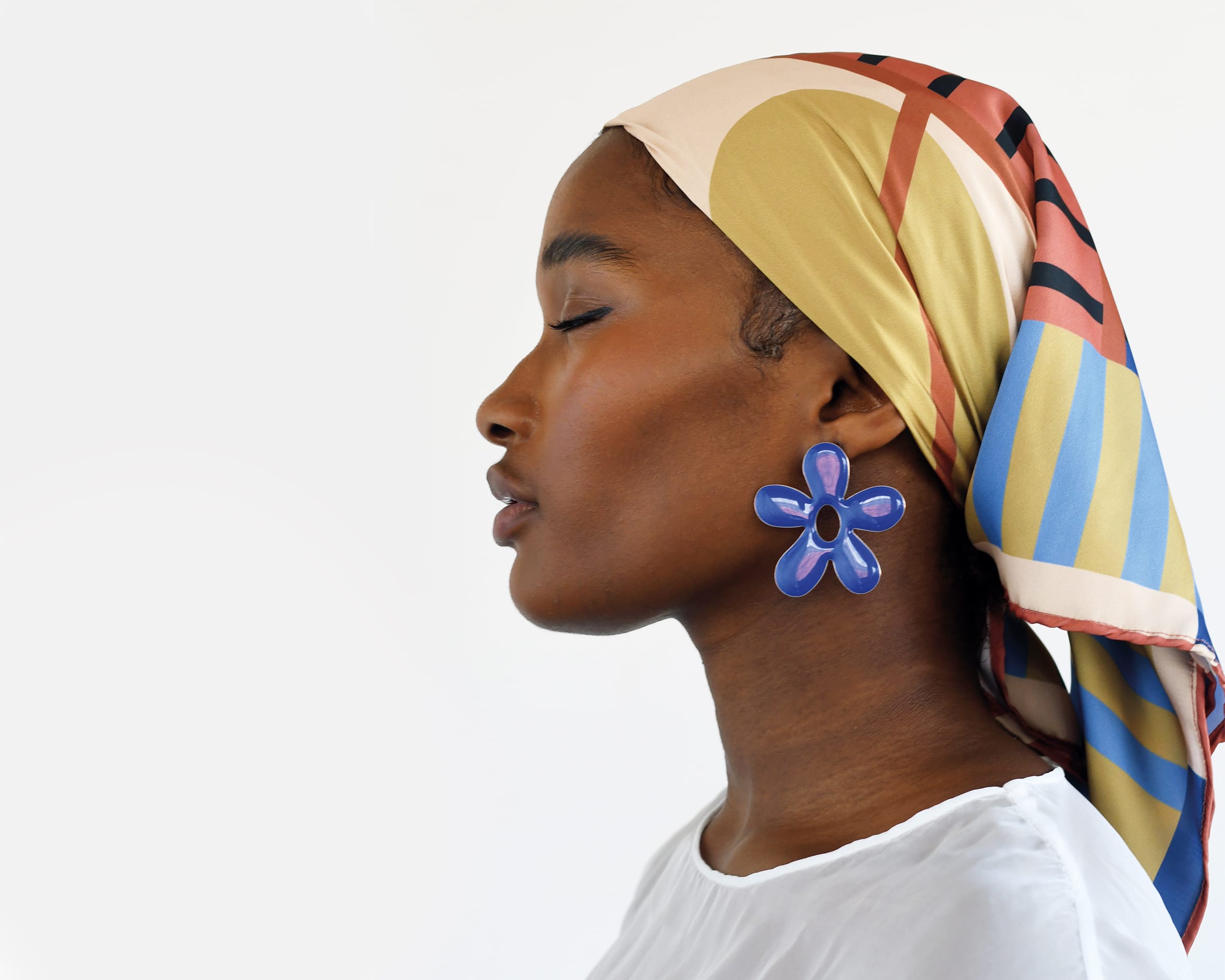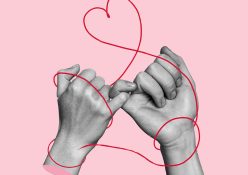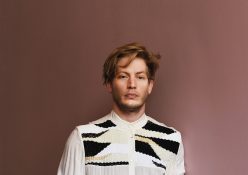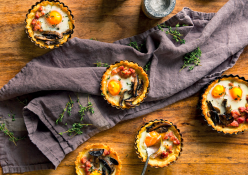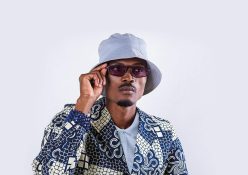Bonolo Chepape channels her love for patterns, art, design and traditional African culture into a range of patterned textiles inspired by her life.
In 2016, three women of the Chepape clan started a small scatter cushion business. Today it has grown into LulasClan, a thriving textile and product design studio.
Originally from Rustenburg in the North West, Bonolo’s dreams of becoming an artist were lifted by the unwavering support of her family. Her mother, Anna, and aunt, Letsie, inspired her to pursue her passion for capturing Africa’s unique and diverse heritage, as well as the skills and knowledge that comes with it. “They have inspired me to look deeper, to re-collect memories of home and of childhood, giving me a start and the push I needed,” she says.
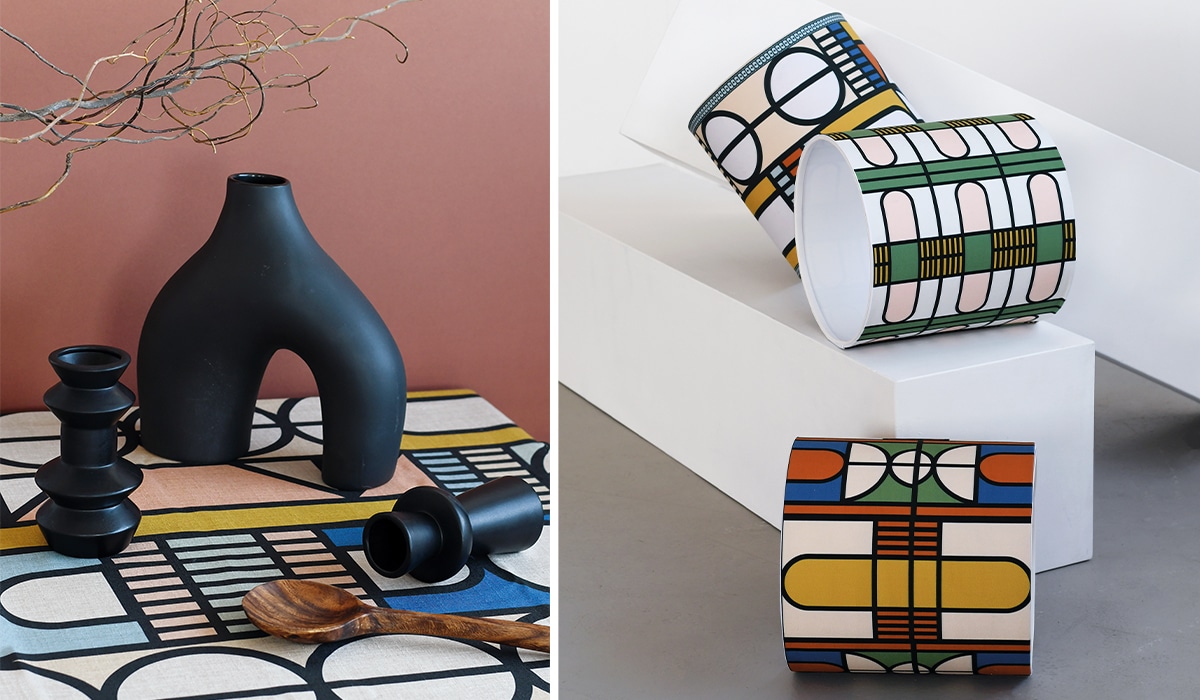
“This has informed and inspired a lot of my work.” Bonolo has now hired two full-time seamstresses, while Anna and Letsie – or as Bonolo calls them, her managers – oversee the business from Rustenberg on an ad-hoc basis. Her new collection, ‘Bokamuso’, is inspired by the feeling of home. The aptly named title means ‘future’ in Tswana, emphasising the significance of Bonolo’s quest to celebrate African contemporary design, how we can express it and how we can make memories from it.
The collection features her first-ever tableware range comprising napkins and tablecloths as well as lamp shade accessories and a joyful silk scarf collection. Having collaborated with the likes of Nando’s and SMEG, Bonolo holds a deep regard for telling the story of resilience, perseverance, humility, grace, strength and pride in tradition that African women don every day. Through rich, bright tones and colours inspired by the landscape of Africa’s diversity and optimism, she hopes that her designs call others home, too.
What does your patterned process look like?
My work reflects a mixture of a structured-rational and spontaneous-intuitive thinking! I find a way to capture moments, experiences or memories in a visual form; some days it’s a quick sketch, others it’s tinkering with the idea on a digital form. Once I get part of the picture or flow, I build on it and start to add structure to consider how to express and communicate the story I want to tell.
Once the final piece is created, it somehow informs me of what medium and surface could best represent it. The final product is dependent on the art or textile piece; this has allowed me to explore and question other territories that the designed piece could live on.
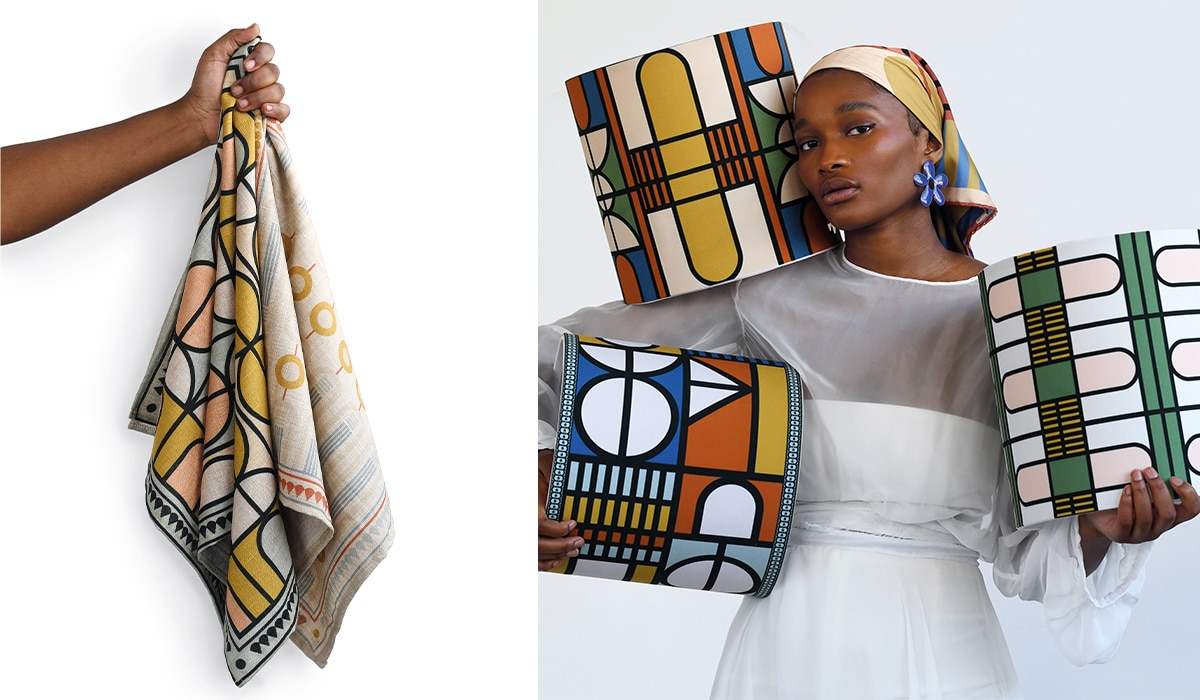
How are your designs inspired by the traditional clothing of African women?
I am inspired by fashion and it, too, inspires my work. I explore this through my interactions or experiences with them, which become translated into ideas of how I can elevate, re-imagine and explore ways to translate it into something that speaks to me and resonates with others, finding my own true voice in telling the story.
Your new collection, Bokamuso, is inspired by home. How do you try to incorporate that feeling into your designs?
Home, to me, is not a place; it’s a feeling sometimes experienced in the moment, sometimes remembered from the past, sometimes felt with others, sometimes shared with others, and sometimes experienced through people, spaces and objects. We come from so many different backgrounds, homes and lived experiences, but we can still share in the feeling of home. It’s open to everyone, and you make it what you feel it should be.
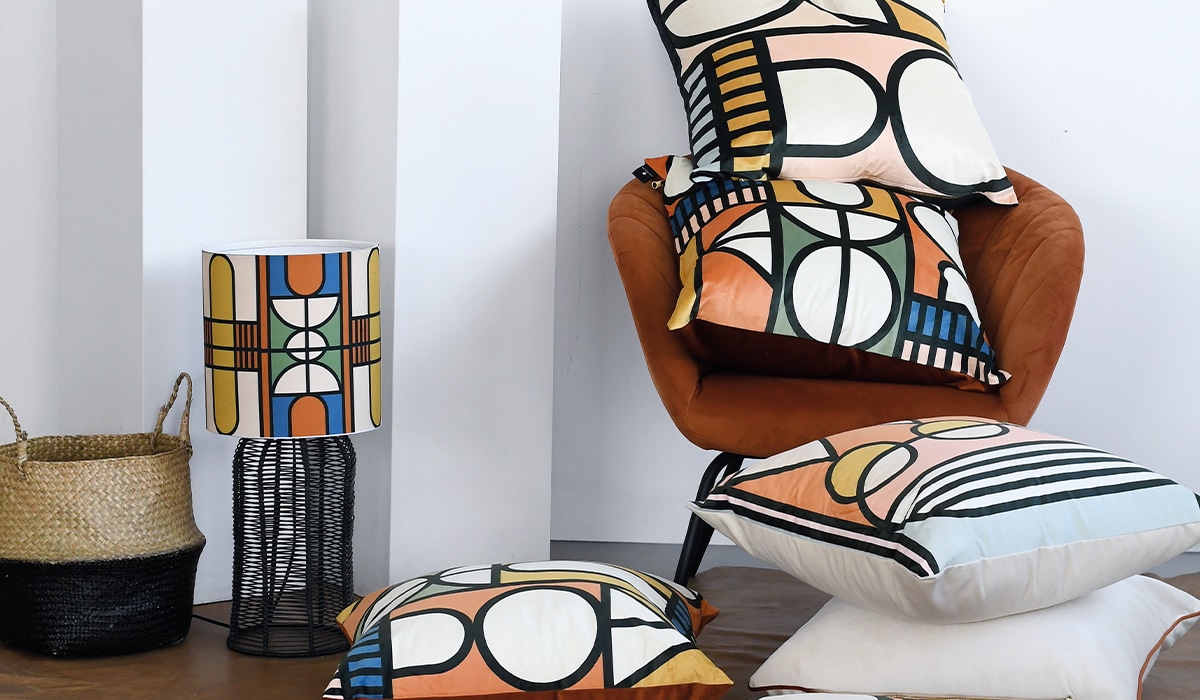
How do you feel fashion links with your idea of home?
I see fashion as a form of self-expression and as a vehicle to tell your own story, just as a home does. It has an ability to be your voice and to encapsulate your history and personality, which is totally unique to you. Fashion and home both have the power to channel feelings that can resonate with and emotionally move your viewers, when experienced.
What were your favourite design experiences?
A project commissioned by Studio H for a Nando’s pop-up space, where we created designs that enveloped the entire space. It was a joy to see how people interacted with the sensory experience of taste and the visual experience of design. We also created an exclusive textile design for Palesa Mokubung’s fashion label, Mantsho, which was later part of her collaboration with H&M global stores. It was wonderful to see how well the design complimented her beautiful craft.
‘I see fashion as a form of self-expression and as a vehicle to tell your own story, just as a home does. It has an ability to be your voice and to encapsulate your history and personality, which is totally unique to you. ‘
See more of Bonolo’s work on her website, lulusclan.com, or on Instagram @bonolo_chepape
Words by Saadiqah Schroeder
Photography: Supplied



